A clamp meter is an electrical testing device that is used to measure current. It consists of a pair of jaws that open and close around an electrical conductor, such as a wire or cable. The jaws are connected to a meter that measures the current flowing through the conductor.
Clamp meters are typically used to measure AC, but some models can also measure DC. Many clamp meters also have other features, such as the ability to measure voltage, resistance, and continuity.
The step-by-step process for measuring current with a clamp meter:
- First, identify the area where you will be measuring the current. Make sure there are no obstructions in the way and that you have a clear view of the area.
- Next, locate the black and red leads on the clamp meter. The black lead should be placed on the negative (-) side of the current, while the red lead should be placed on the positive (+) side.
- Once the leads are in place, tighten the jaws of the clamp meter around the conductor. Be careful not to let the jaws touch each other, as this could result in an inaccurate reading.
- Now, simply take a reading from the display on the clamp meter. This will give you the current flowing through the conductor.
- If you need to take multiple readings, simply release the jaws of the clamp meter and move it to a new location. Be sure to follow the same process for each reading.
By following these simple steps, you can easily take accurate readings of current with a clamp meter. Just remember to be careful when placing the jaws of the clamp meter around the conductor, as this could result in damage to the device or inaccurate reading.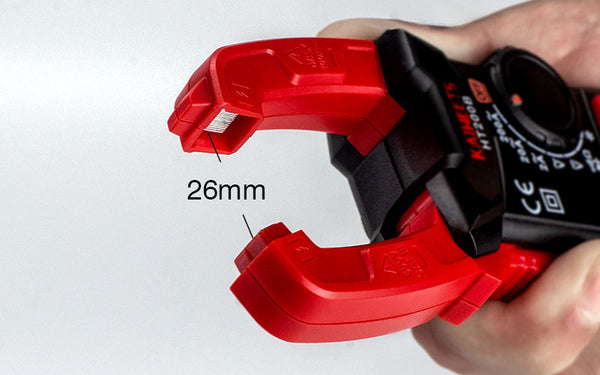
Tips for using a clamp meter safely:
- Use the proper jaws for the conductor size.
- Do not open the jaws too wide, as this can damage the meter or cause inaccurate readings.
- Make sure the conductor is well-insulated before clamping it.
- Do not use the meter near live electrical circuits.
- Keep fingers away from moving parts while the meter is in use.
- Unplug the meter when not in use, and store it in a safe place.
- Follow all other safety instructions that come with your particular clamp meter model.
By following these tips, you can help ensure your safety while using a clamp meter. Remember to always exercise caution when working with electrical equipment, and consult a professional if you are ever unsure about how to safely use a particular device.
Some common mistakes people make when using a clamp meter:
- Not reading the manual: Always read the instruction manual that comes with your clamp meter before using it. This will help you understand how to properly use and care for your device.
- Incorrectly connecting the leads: Make sure you connect the red lead to the positive side of the circuit and the black lead to the negative side. Reversing the connection can damage your meter or create inaccurate readings.
- Taking measurements in an unsafe area: Be aware of potential hazards when taking measurements, such as exposed live wires or flammable materials. Always take precautions to protect yourself and others from potential harm.
- Not accounting for parasitic currents: In some cases, parasitic currents can flow through your meter and affect your readings. If you suspect this is happening, consult your instruction manual or a qualified electrician for help.
- Not calibrating your meter: Always calibrate your clamp meter according to the manufacturer's instructions. This will ensure accurate readings.
By following these simple tips, you can avoid making common mistakes when using a clamp meter.
Frequently Asked Questions:
Can all clamp meters measure AC or DC currents?
Clamp meters are handheld devices that measure AC or DC current by sensing the magnetic field around a conductor. While all clamp meters can measure AC current, not all can measure DC current. Check the specifications of the clamp meter before purchasing it to ensure it will work for your needs.
How accurate is a clamp meter?
A clamp meter is a type of digital multimeter that can measure alternating current (AC) and direct current (DC) without having to make direct contact with the wire or other conductive material. Clamp meters use electromagnetic induction to measure AC and DC currents. The jaws of the clamp meter surround the conductor, and the resulting magnetic field is proportional to the current flowing through the conductor.
Clamp meters are generally very accurate, but some factors can affect their accuracy. One factor is the size of the conductor. The larger the conductor, the more accurate the measurement will be. Another factor is the frequency of the current. Higher frequencies are more difficult to measure accurately than lower frequencies. Finally, the temperature can also affect accuracy. In general, clamp meters are most accurate at room temperature.
If you need to take very precise measurements, or if you are measuring currents at high frequencies or high temperatures, you may want to consider using a different type of meter. For most applications, however, a clamp meter will be more than accurate enough.
Why use a clamp meter instead of a multimeter in measuring current?
A clamp meter is a type of electrical test equipment that is used to measure the current in a conductor without having to make physical contact with it. This is achieved by using a Hall Effect sensor, which produces a magnetic field when an electric current is passed through it. The strength of the magnetic field can then be measured and used to calculate the size of the current.
Clamp meters are frequently used by electricians and other professionals who work with electrical systems, as they provide a quick and easy way to measure currents without having to disconnect any wires or otherwise access the conductors. Multimeters, on the other hand, require direct contact with the conductor to take a reading, which can be both time-consuming and dangerous.
Conclusion:
In conclusion, a clamp meter is a very useful tool that can be used to measure current in a variety of different settings. While it is important to understand how to use this tool correctly, it is relatively easy to learn and can be a valuable asset in your electrical measurement arsenal.
Related Articles:
How to Measure Current without Breaking the Circuit
How To Measure DC Amps With a Clamp Meter?

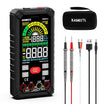
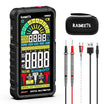
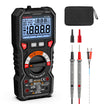
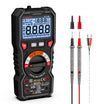

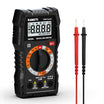
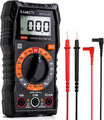
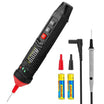
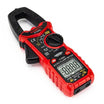
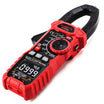
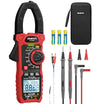

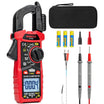
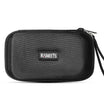
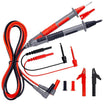
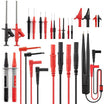

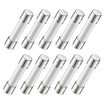
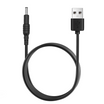
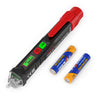
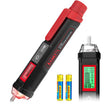


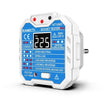
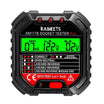
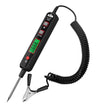
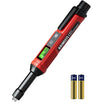

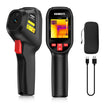
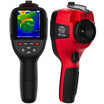
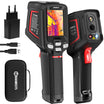
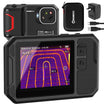
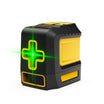
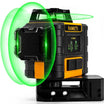


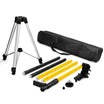
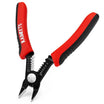
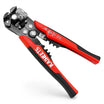
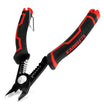
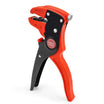
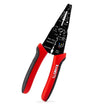

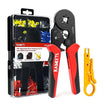



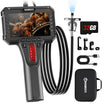
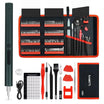
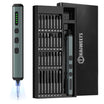


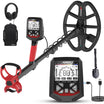
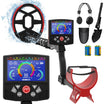
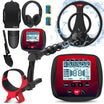
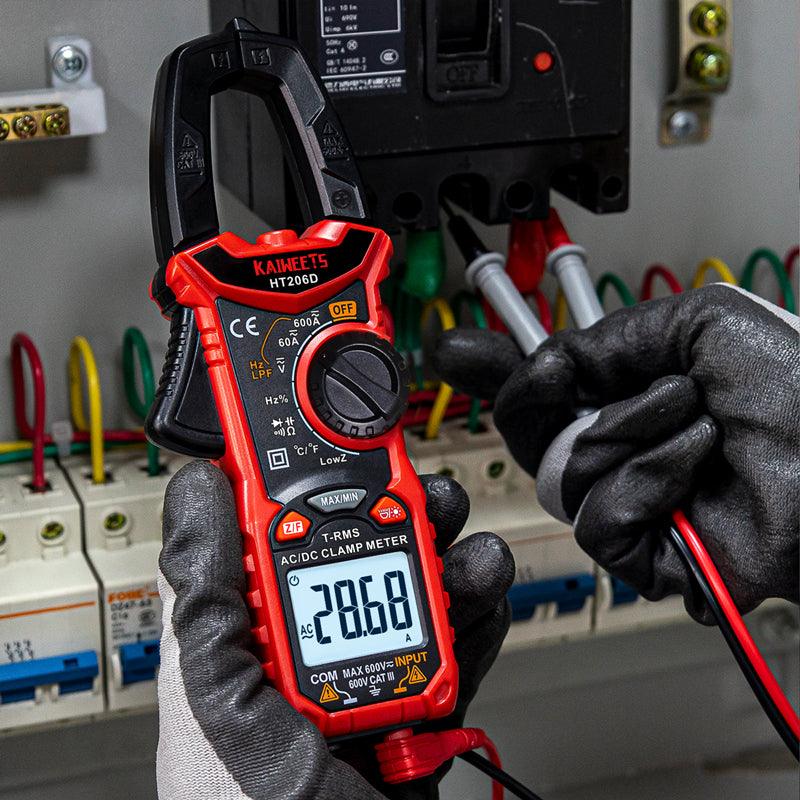
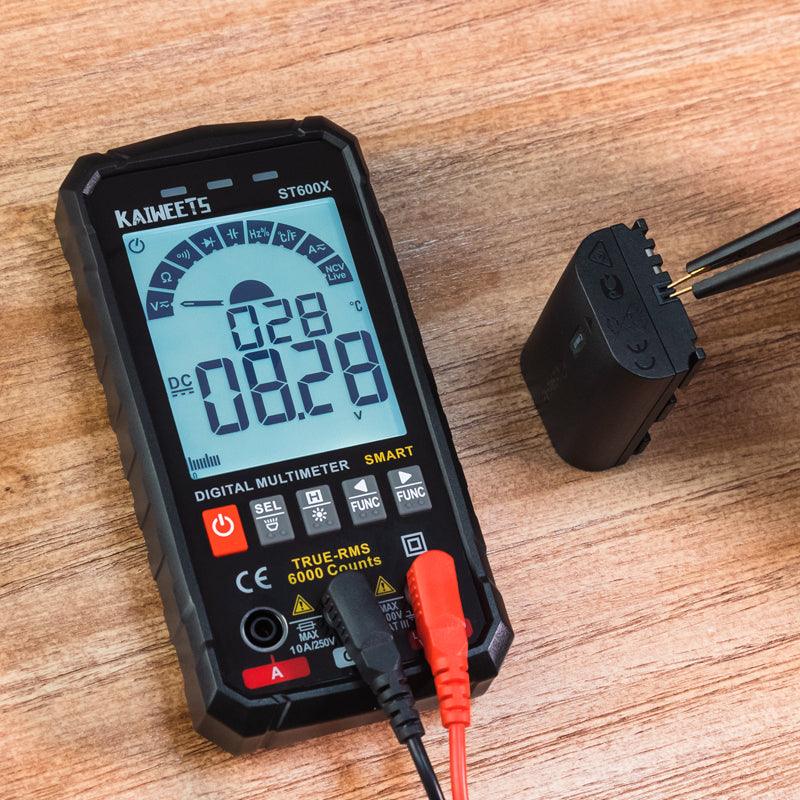
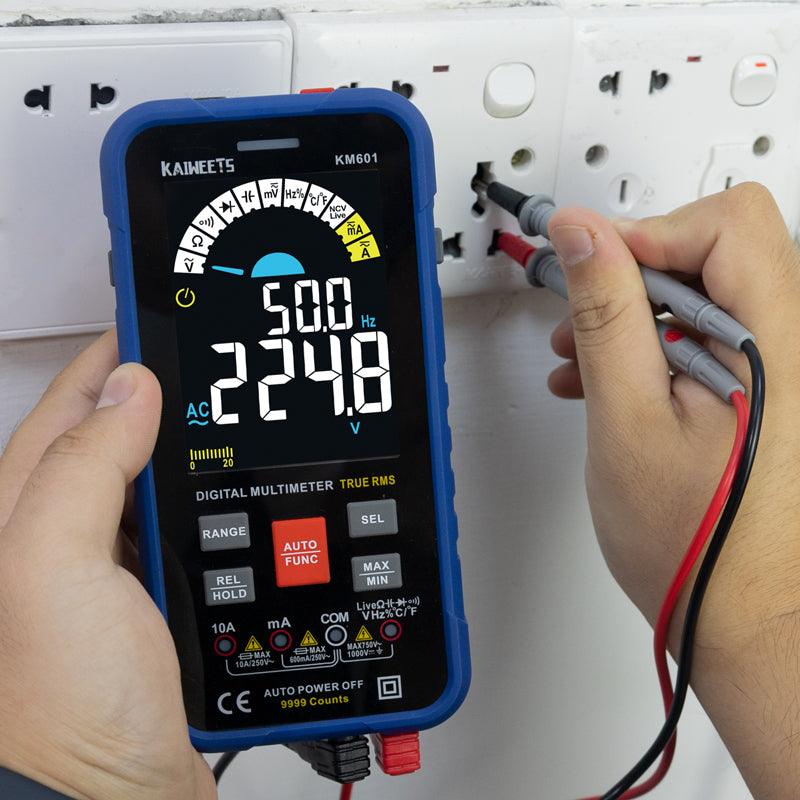
Dejar un comentario
Todos los comentarios se revisan antes de su publicación.
Este sitio está protegido por hCaptcha y se aplican la Política de privacidad de hCaptcha y los Términos del servicio.